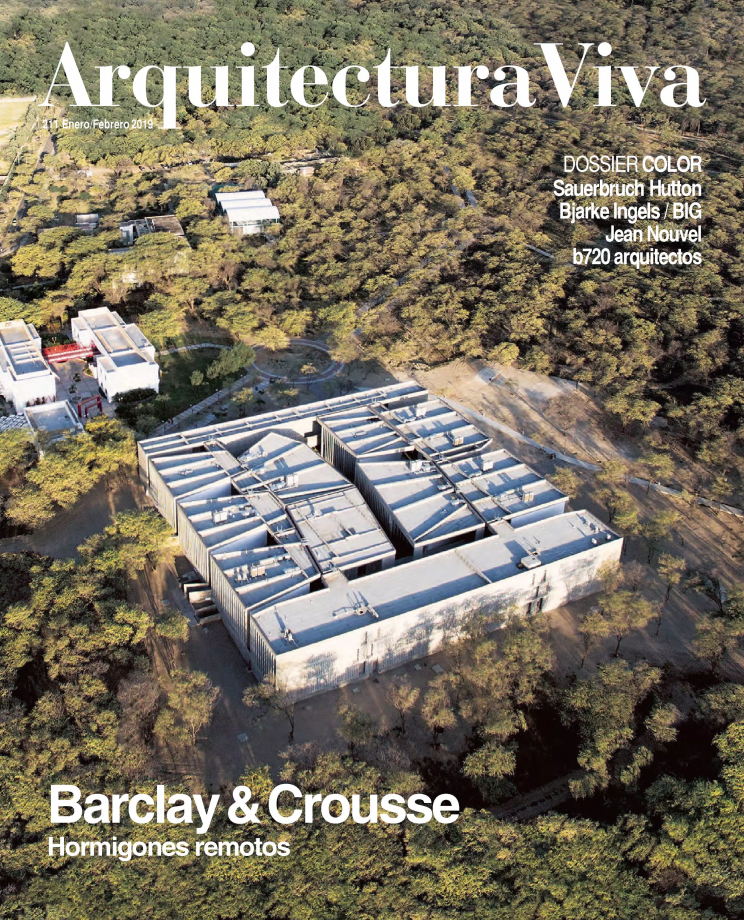Color Built
Building with Color

Color had a bad reputation. In classical Greece, Plato condemned dyes because they were falsehoods and could be used by women to manipulate men; in classical Rome, Pliny and Seneca censured the florid colors of the Orient, in which they saw (in a new example of color male chauvinism) a feminine fingerprint to wipe off with the masculine stability of the monochromatic. Later, in the polychromatic churches of the Cluniac order, St. Bernard saw an invitation to sin, and already into the 18th century, Winckelmann, father of art history, went as far as saying that “the whiter a body is, the more beautiful it is as well.” It is no wonder then that, come the 19th century, architects were stunned at the discovery that the ancient Greek temples – whose whiteness had until then been so extolled – had originally been painted with intolerably lurid colors.
Early modernity, in many ways inheritor of classical sensibilities, continued to take part in the vituperation of color. In his villas, Adolf Loos removed all signs of the representational, including by resorting to the iconoclastic powers of white. The younger Le Corbusier was no less hostile to color, and in his travels to the Orient he wrote that bright colors were the code of the decadence of “simple races, peasants and savages.” Other moderns liked white for its objectivity, neutrality, and hygiene: Van Doesburg even said that white, “the colour of modern times, the colour which dissipates a whole era,” was the vaccine against the “mire where toads and microbes thrive.”
Of course there were exceptions. Heir of a romantic tradition and fascinated by Gothic stained glass windows, Bruno Taut made color a tool with which to reinvigorate architecture; Le Corbusier himself, who so vigorously claimed to detest oriental colors, progressively incorporated pigments into his buildings, in the same way that Van Doesburg and Rietveld brought red, yellow, or blue into their austere and powerful architectural languages.
Nevertheless, modernity had to mature before color could be incorporated into buildings with a certain degree of ease. Barragán’s work would not be comprehensible without the color that delimits and emphasizes planes; nor would we understand the utopias of Archigram or high-tech, where vivid tones reinforce the machine aesthetic; similarly, without color it would be hard to fully grasp postmodern architecture, obsessed as it is with breaking away from the minimalist and white boxes of International Style.
Nowadays color helps in the creation of brand images – the red of Nouvel, the polychromy of MVRDV and Sauerbruch Hutton, the dyed metals of Gehry – while proving an efficient instrument in architectural composition, as shown by the examples presented in the following pages. Color builds.





